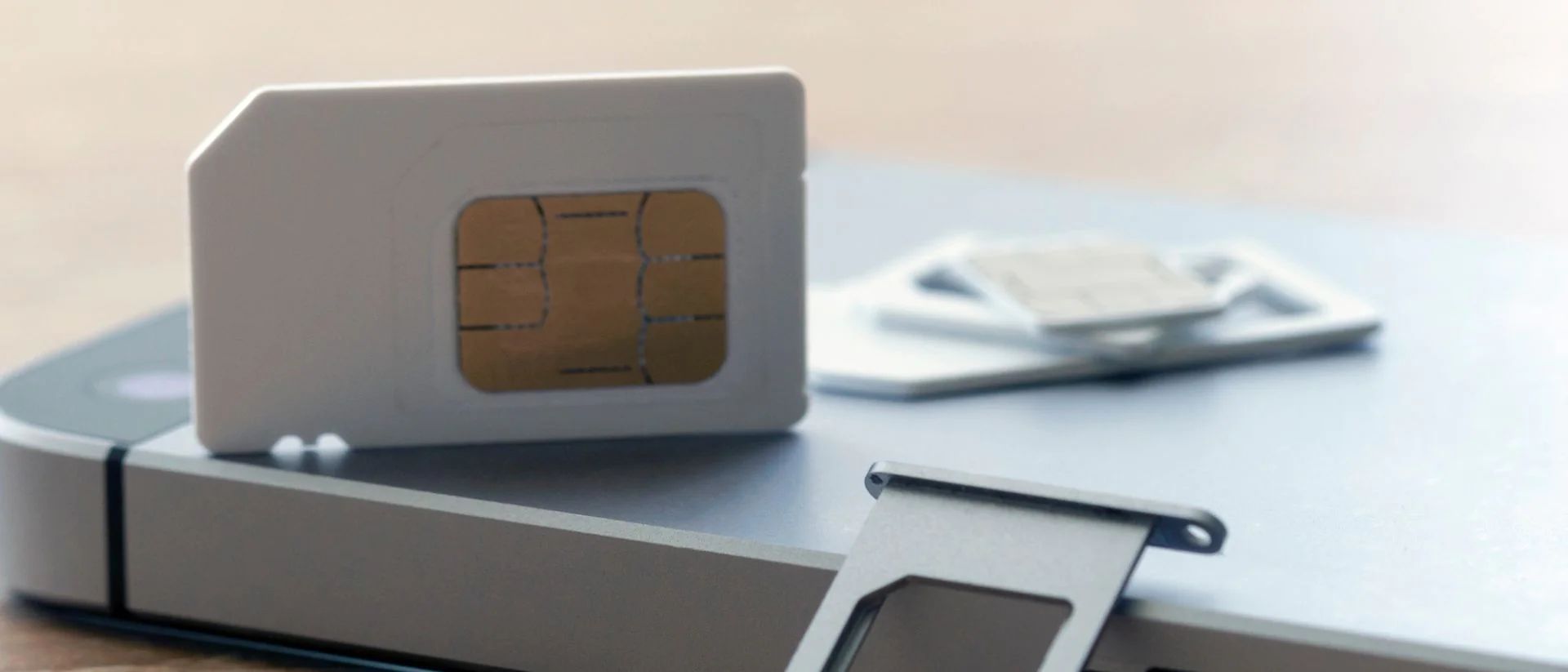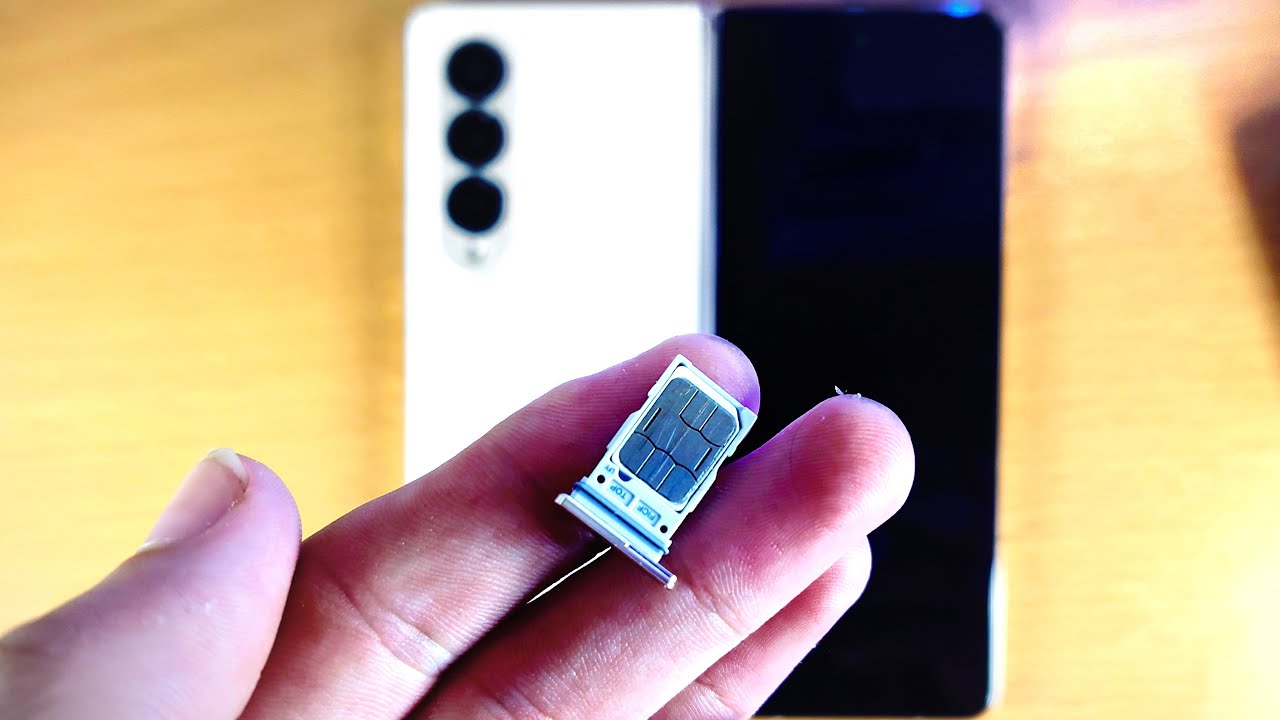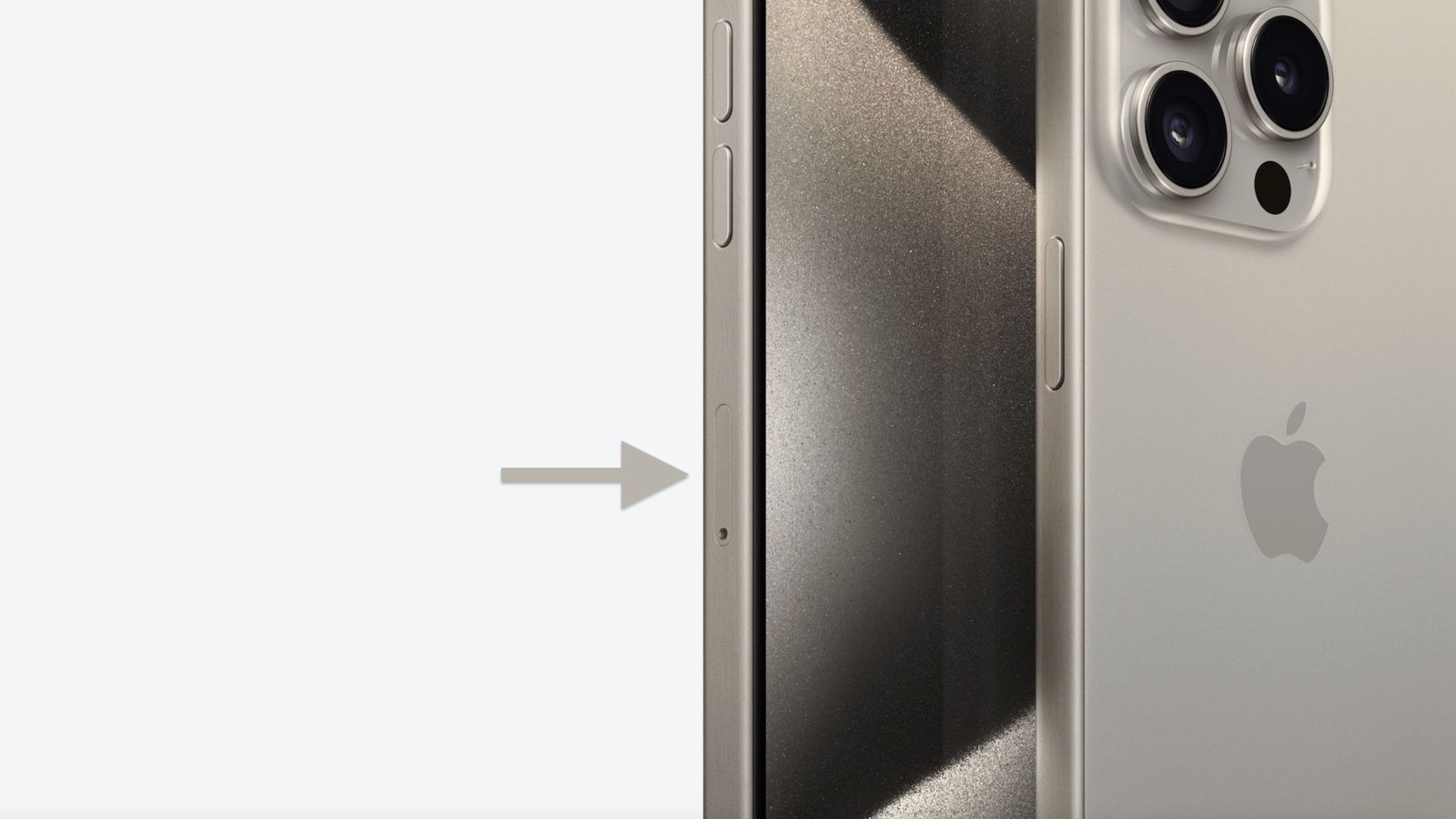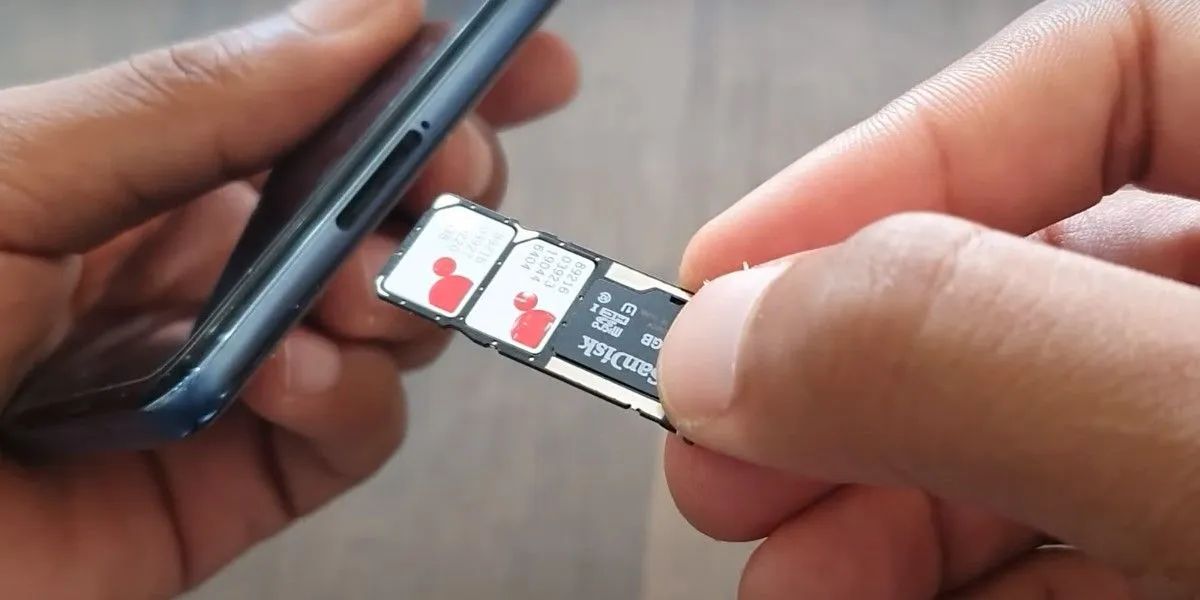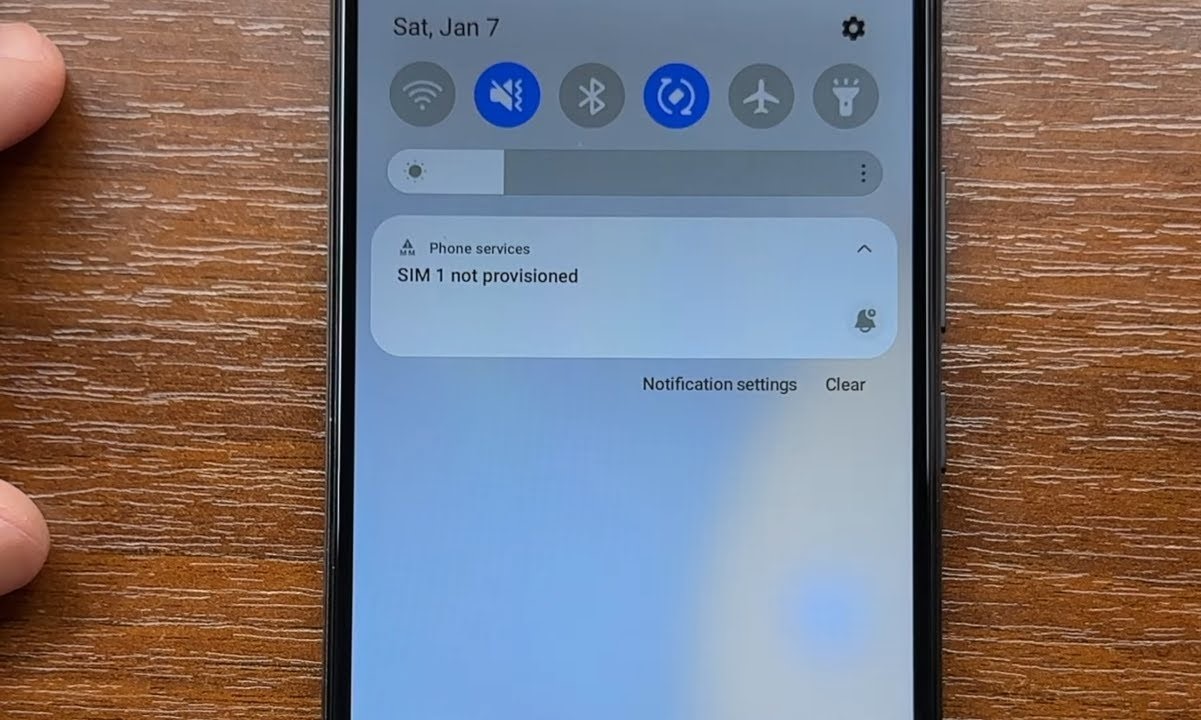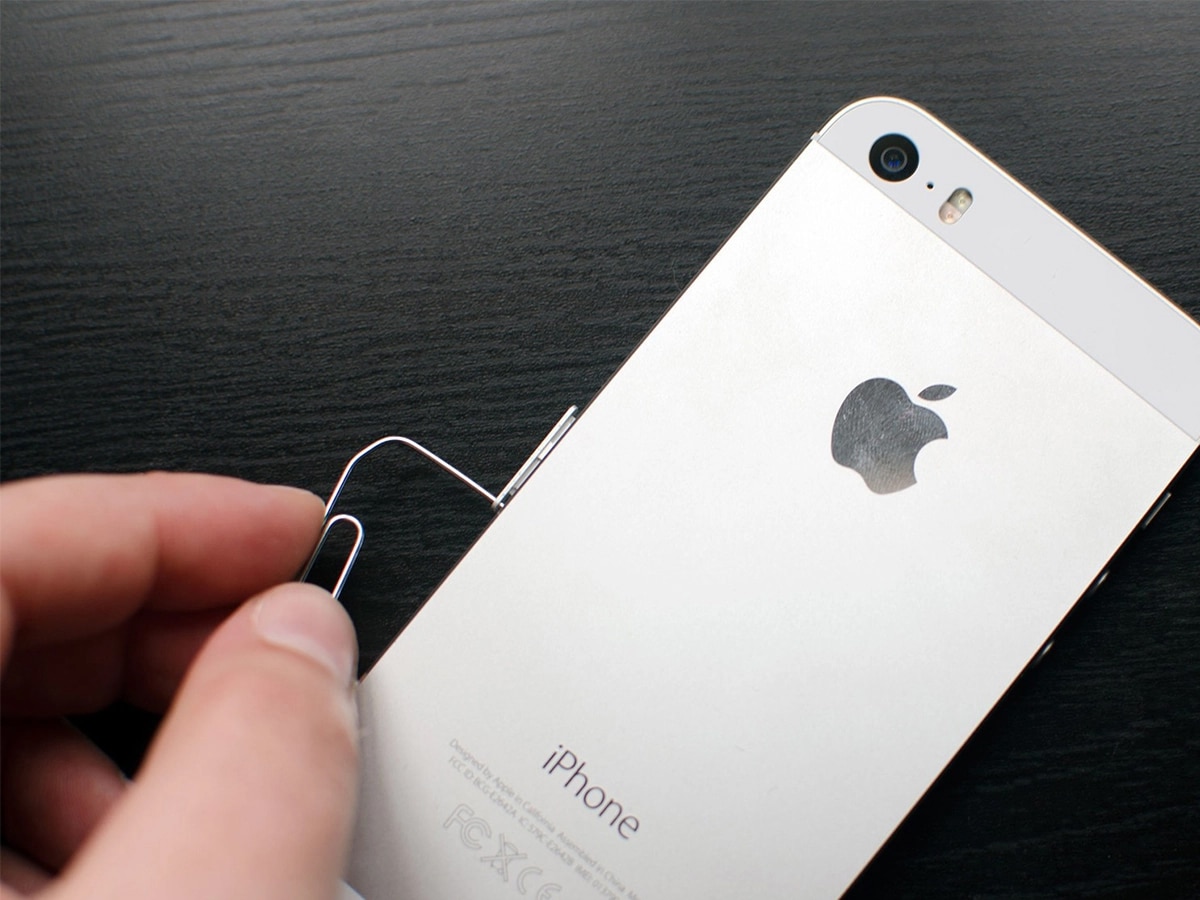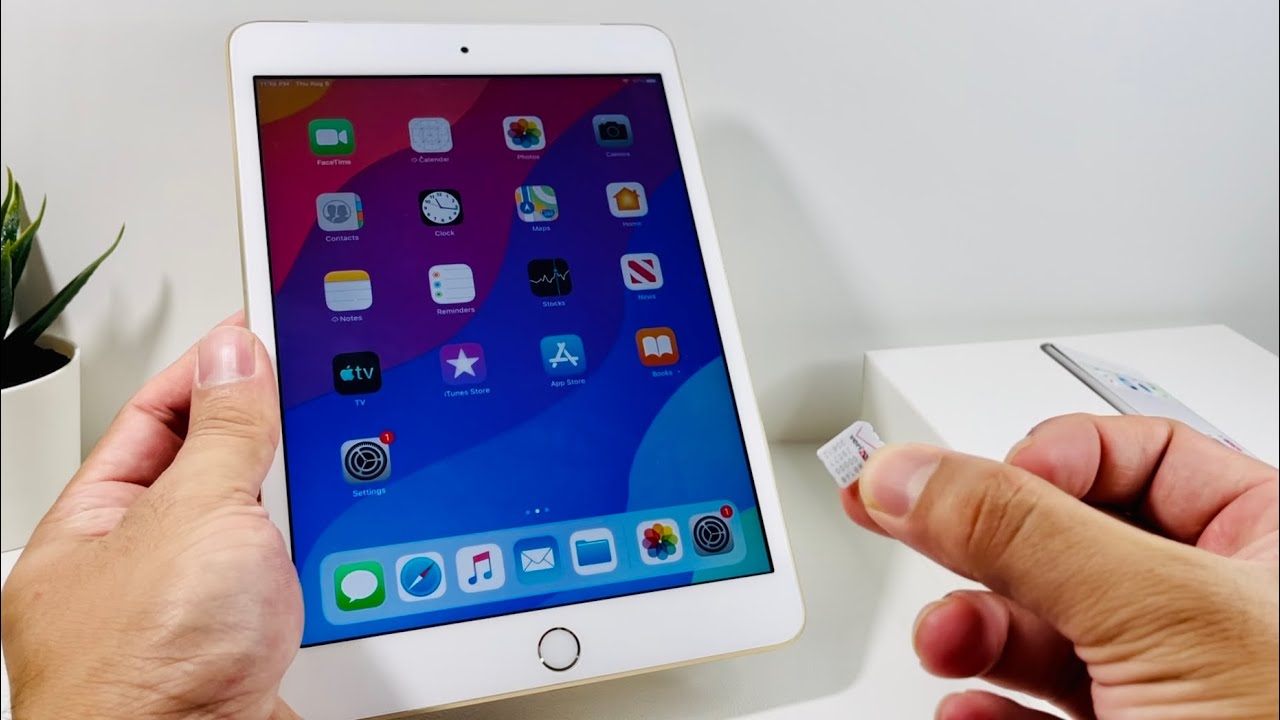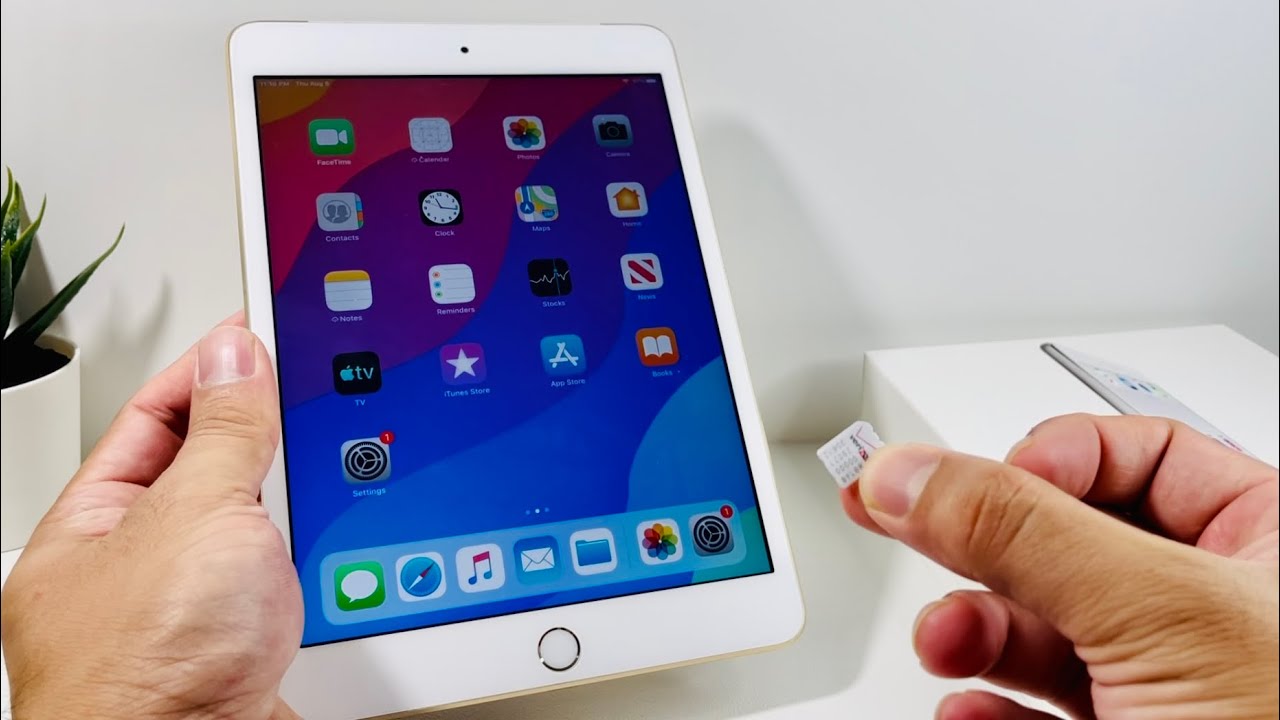Introduction
The humble SIM card, a tiny yet pivotal component of our mobile devices, plays a crucial role in connecting us to the digital world. Its significance cannot be overstated, as it serves as the gateway to our cellular network, enabling communication, browsing, and various other mobile functionalities. When it comes to the impact of inserting a new SIM card, there are several aspects to consider, ranging from network connectivity to device settings and security implications.
Understanding the effects of inserting a new SIM card is essential for both novice and seasoned mobile device users. It involves delving into the intricate mechanisms that govern how our devices interact with cellular networks and the potential ramifications of altering these configurations. Moreover, as technology continues to evolve, the implications of this seemingly simple act extend beyond mere network connectivity, encompassing device settings and security considerations.
In this article, we will explore the multifaceted effects of inserting a new SIM card into a mobile device. By shedding light on the intricate interplay between the SIM card, device settings, and network connectivity, we aim to provide a comprehensive understanding of the implications associated with this common yet impactful action. Additionally, we will delve into the security implications of this process, highlighting the importance of safeguarding our devices and personal data in an increasingly interconnected digital landscape.
As we embark on this exploration, it is crucial to recognize the dynamic nature of mobile technology and the ever-evolving role of the SIM card in shaping our digital experiences. By gaining insight into the effects of inserting a new SIM card, readers will be better equipped to navigate the complexities of mobile device usage and make informed decisions when managing their devices and network connectivity.
Join us on this insightful journey as we unravel the multifaceted effects of inserting a new SIM card, empowering you with the knowledge to navigate the intricate nexus of mobile technology with confidence and understanding.
How Inserting a New SIM Card Affects Network Connectivity
Inserting a new SIM card into a mobile device can have a profound impact on network connectivity, influencing how the device communicates with the cellular network. The SIM card serves as the unique identifier that links the device to the mobile network, enabling voice calls, text messaging, and data services. When a new SIM card is inserted, several key factors come into play, influencing the device's network connectivity.
Activation and Registration
Upon inserting a new SIM card, the device undergoes a process of activation and registration with the mobile network. This entails the device establishing a secure connection with the network and verifying the authenticity of the new SIM card. During this phase, the network recognizes the unique identifier associated with the new SIM card, allowing the device to gain access to network services.
Network Configuration
The insertion of a new SIM card prompts the device to reconfigure its network settings to align with the specifications of the new SIM card and the corresponding network provider. This includes adjusting parameters such as network frequency bands, access point names (APN), and network authentication protocols. By adapting to the requirements of the new SIM card, the device ensures seamless communication with the network, optimizing network connectivity and performance.
Roaming and Network Coverage
For users who frequently travel or switch between different network providers, inserting a new SIM card can significantly impact roaming capabilities and network coverage. The new SIM card may be associated with distinct roaming agreements and network coverage areas, influencing the device's ability to connect to networks outside its home region. This dynamic interplay between the SIM card and network coverage underscores the far-reaching effects of inserting a new SIM card on network connectivity.
Network Services and Features
The new SIM card may introduce changes to the array of network services and features available to the device. This encompasses access to voice and data plans, value-added services, and network-specific features. As the device adapts to the capabilities and offerings associated with the new SIM card, users may experience variations in network services, pricing structures, and bundled features, shaping their overall network connectivity experience.
Seamless Transition
Despite the complexities involved, modern mobile devices are designed to facilitate a seamless transition when a new SIM card is inserted. Through automated processes and intelligent network management, devices strive to minimize disruptions and swiftly establish connectivity with the new SIM card. This seamless transition underscores the adaptability of mobile devices in accommodating changes to network connectivity, ensuring a user-friendly experience when inserting a new SIM card.
In summary, inserting a new SIM card can significantly influence network connectivity by triggering activation and registration processes, prompting network configuration adjustments, impacting roaming capabilities, and influencing the array of network services and features available to the device. By understanding the intricate interplay between the SIM card and network connectivity, users can navigate the process of inserting a new SIM card with confidence, harnessing the full potential of their mobile devices within the dynamic realm of cellular networks.
Understanding the Impact of Inserting a New SIM Card on Device Settings
When a new SIM card is inserted into a mobile device, it initiates a cascade of effects that extend beyond network connectivity, exerting a tangible impact on the device's settings and configurations. The interaction between the SIM card and device settings is a pivotal aspect of the mobile user experience, influencing how the device operates, communicates, and adapts to changes in its cellular environment.
Configuration Profiles
The insertion of a new SIM card prompts the device to reassess its configuration profiles, encompassing a wide array of settings that govern its behavior and functionality. These profiles dictate parameters related to network connectivity, data usage, call preferences, and messaging protocols. As the device accommodates the characteristics of the new SIM card, it adjusts its configuration profiles to align with the requirements and specifications of the inserted SIM card, ensuring seamless integration and optimal performance.
Network-Specific Settings
Each SIM card is associated with a specific network provider, entailing distinct settings tailored to the services and infrastructure of the respective network. When a new SIM card is inserted, the device dynamically adapts its network-specific settings, encompassing aspects such as network mode selection, preferred network operators, and network authentication methods. By recalibrating these settings, the device optimizes its compatibility with the network, enabling efficient communication and utilization of network resources.
Data Roaming and Usage Controls
The insertion of a new SIM card can trigger adjustments to data roaming settings and usage controls, particularly in scenarios involving international travel or network transitions. The device reevaluates its data roaming policies and usage thresholds, aligning them with the parameters specified by the new SIM card and network provider. This ensures that users can effectively manage their data usage and roaming activities in accordance with the stipulations of the inserted SIM card, fostering a seamless and cost-effective mobile experience.
Device Personalization and Customization
Beyond network-related settings, the impact of inserting a new SIM card extends to device personalization and customization options. This encompasses elements such as ringtone preferences, language settings, and regional configurations. The device may adjust these aspects to reflect the preferences and regional specifications associated with the new SIM card, tailoring the user experience to align with the characteristics of the inserted SIM card and the corresponding network environment.
Security and Authentication Protocols
The insertion of a new SIM card necessitates a reassessment of security and authentication protocols within the device. This includes the validation of SIM card credentials, encryption keys, and secure communication channels. By recalibrating these protocols to accommodate the new SIM card, the device upholds the integrity of its security measures, ensuring that sensitive data and communications remain protected within the context of the updated SIM card configuration.
In essence, the impact of inserting a new SIM card on device settings encompasses the recalibration of configuration profiles, network-specific settings, data roaming controls, device personalization, and security protocols. By comprehending the intricate interplay between the SIM card and device settings, users can gain a deeper appreciation for the nuanced adjustments that underpin the seamless integration of a new SIM card into their mobile devices. This holistic understanding empowers users to leverage the full potential of their devices while embracing the dynamic nature of mobile technology.
Exploring the Security Implications of Inserting a New SIM Card
The act of inserting a new SIM card into a mobile device carries significant security implications that warrant careful consideration. This seemingly routine action triggers a series of security-related processes and considerations, underscoring the pivotal role of the SIM card in safeguarding the integrity of device communications and data. By delving into the security implications of this process, users can gain a comprehensive understanding of the measures and considerations involved in preserving the security of their devices and personal information.
Authentication and Identity Verification
Upon inserting a new SIM card, the device engages in a robust process of authentication and identity verification. This involves validating the authenticity of the new SIM card and establishing a secure connection with the network. By verifying the identity of the inserted SIM card, the device ensures that only authorized and legitimate SIM cards can access its network services, mitigating the risk of unauthorized access and fraudulent activities.
Encryption and Secure Communication
The insertion of a new SIM card prompts the device to recalibrate its encryption and secure communication protocols. This entails the generation of new encryption keys and the establishment of secure channels for transmitting sensitive data and communications. By leveraging robust encryption mechanisms, the device safeguards the confidentiality and integrity of its communications, fortifying its resilience against eavesdropping and unauthorized interception.
SIM Card Locking and PIN Protection
To bolster security, the device may implement SIM card locking and PIN protection measures following the insertion of a new SIM card. Users are prompted to set up a PIN code, which serves as an additional layer of security to prevent unauthorized usage of the SIM card. This proactive measure enhances the security posture of the device, rendering it less susceptible to unauthorized SIM card removal or misuse.
Identity Theft and Fraud Prevention
The insertion of a new SIM card plays a pivotal role in preventing identity theft and fraudulent activities. By requiring stringent verification processes and adherence to security protocols, the device mitigates the risk of SIM card cloning, unauthorized SIM swaps, and fraudulent attempts to access network services using counterfeit SIM cards. This proactive stance bolsters the resilience of the device against identity-related security threats.
Device Integrity and Access Controls
The device undergoes a comprehensive integrity check and access control assessment upon inserting a new SIM card. This encompasses verifying the compatibility of the device with the inserted SIM card, ensuring that the device's hardware and software components align with the specifications of the new SIM card. By upholding stringent access controls, the device fortifies its resilience against unauthorized modifications and manipulations that could compromise its security posture.
In essence, the act of inserting a new SIM card carries profound security implications, encompassing authentication and identity verification, encryption and secure communication, SIM card locking and PIN protection, identity theft and fraud prevention, and device integrity and access controls. By comprehending the multifaceted security considerations associated with this process, users can navigate the insertion of a new SIM card with heightened awareness and a proactive stance toward preserving the security of their mobile devices and personal data.
Conclusion
In conclusion, the process of inserting a new SIM card into a mobile device encompasses a myriad of effects that extend beyond the physical act of swapping out a small, rectangular card. From influencing network connectivity and device settings to triggering security-related processes, the insertion of a new SIM card represents a pivotal juncture in the lifecycle of a mobile device. By gaining a comprehensive understanding of these effects, users can navigate this process with confidence, leveraging the full potential of their devices while safeguarding their security and connectivity.
The impact of inserting a new SIM card on network connectivity is profound, encompassing activation and registration processes, network configuration adjustments, roaming capabilities, and the array of network services and features available to the device. This dynamic interplay underscores the intricate mechanisms that govern how our devices interact with cellular networks, highlighting the adaptability and resilience of modern mobile technology in accommodating changes to network connectivity.
Furthermore, the influence of inserting a new SIM card on device settings is equally significant, shaping configuration profiles, network-specific settings, data roaming controls, device personalization, and security protocols. This holistic understanding empowers users to appreciate the nuanced adjustments that underpin the seamless integration of a new SIM card into their mobile devices, fostering a user-centric approach to managing device settings and preferences.
Moreover, the security implications of inserting a new SIM card underscore the proactive measures and considerations involved in preserving the integrity of device communications and data. From authentication and encryption to SIM card locking and identity theft prevention, the device upholds stringent security measures to mitigate the risk of unauthorized access and fraudulent activities, fortifying its resilience against security threats.
By unraveling the multifaceted effects of inserting a new SIM card, users can embrace the dynamic nature of mobile technology with heightened awareness and a proactive stance toward preserving the security of their devices and personal data. This comprehensive understanding empowers users to navigate the complexities of mobile device usage and make informed decisions when managing their devices and network connectivity, ensuring a seamless and secure mobile experience.







